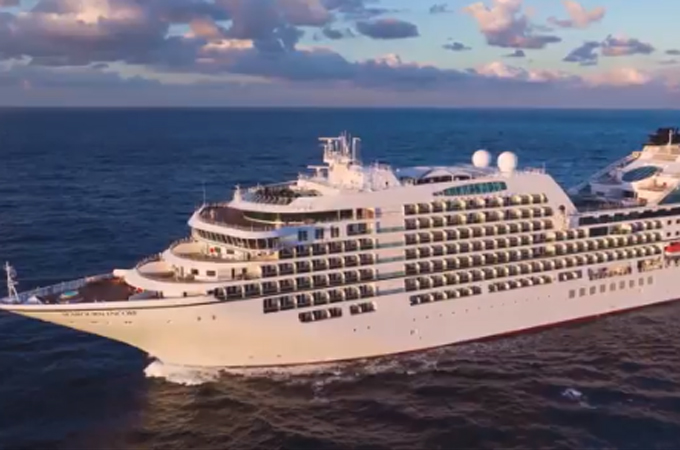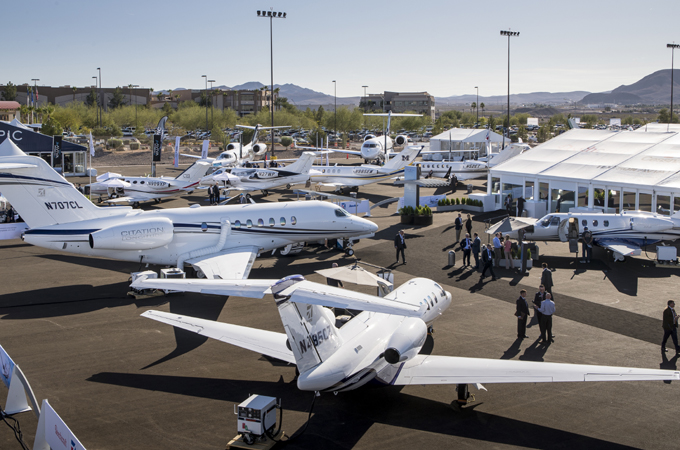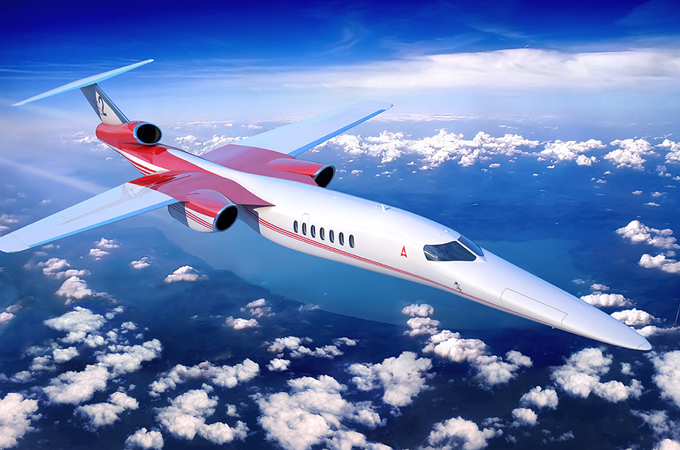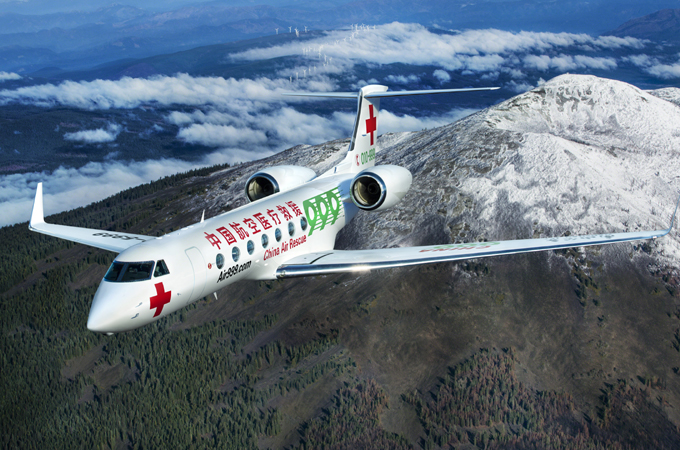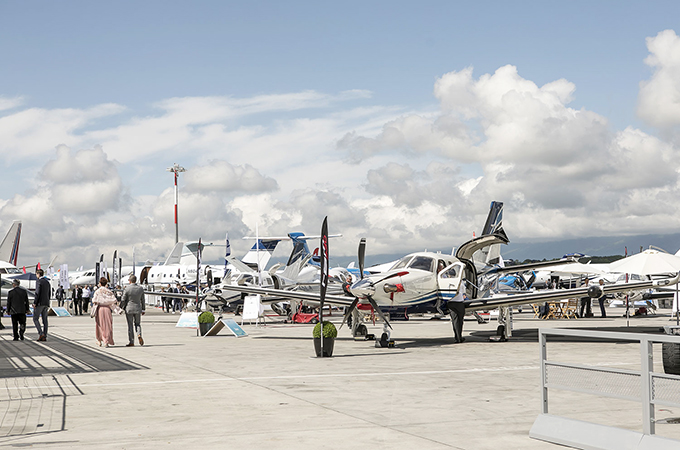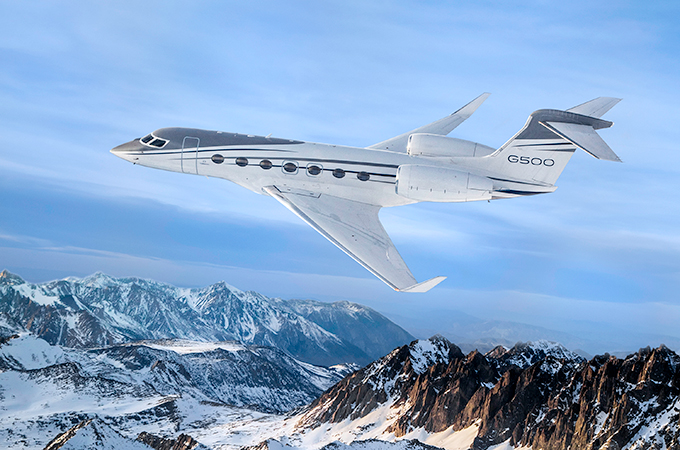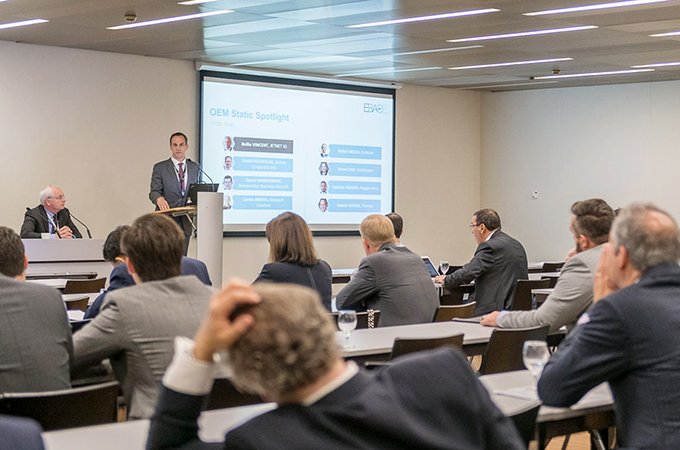Fri, May 5, 2017
Bell Helicopter, a Textron Inc company, has unveiled its vision for the future of rotorcraft – the FCX‐001. This is Bell Helicopter’s first concept aircraft and presents a 3‐D roadmap for delivering safer, smarter and more efficient rotorcraft solutions.
“For the past 80 years, Bell Helicopter has imagined the art of the possible and brought those dreams to life,” Bell Helicopter’s President and CEO Mitch Snyder said during the opening ceremony at the HAI Heli‐Expo.
“Six months ago we created a dedicated team to focus on emerging technologies and how we could incorporate them into our products. Among that team’s first tasks was to display visually the technologies and innovations that present a roadmap that we envision bringing to market.”
Bell Helicopter formed a core group of engineers and a team of graphic designers that proved to be a highly collaborative team of problem solvers. It was through this process that the FCX‐001, a concept aircraft, came to light to physically demonstrate a new way of thinking.
The concept aircraft was built to address the evolving demands of our customers and demonstrate key technologies that revolutionise the pilot and passenger experience, including a new anti‐torque system in the tail boom designed to change the safety, noise and performance parameters of vertical lift aircraft forever and hybridised propulsion which combines advanced thermal engine cores for the main propulsion with, for example, electric distribution and motors to drive the anti‐torque system for more control and simpler vehicle operations and maintenance.
The aircraft has an airframe that is made from advanced sustainable materials to provide structural performance and offer configurations that Bell’s customers desire. In order to provide enhanced situational awareness, visibility and room, Bell is exploring the right combination of material and geometry. The airframe is also Bell’s front line for energy management where it harvests, stores, attenuates and distributes external energy or system energy not already employed for useful work on the air vehicle.
Other features include a landing gear with non‐traditional geometries that facilitate function when combined with advanced materials and actuation, morphing rotor blades that allow the aircraft to optimise performance in different flight regimes, a single pilot seat and an entirely new flight deck experience with the pilot controlling the aircraft through augmented reality and an artificial intelligence computer assistance system.
It also has a highly modular passenger cabin enhanced with the same augmented reality technology for individualised infotainment to catch up on world news, hold a video conference call, share documents with other passengers or simply watch a movie or play music to relax.
“Being a pioneer in the aircraft industry is in our DNA and we want to share this renewed passion with the world. The FCX‐001 points the way for our future – a renewed focus on innovative solutions and technologies. When the time is right we look forward to sharing more of what we’re doing behind closed doors,” added Snyder.








